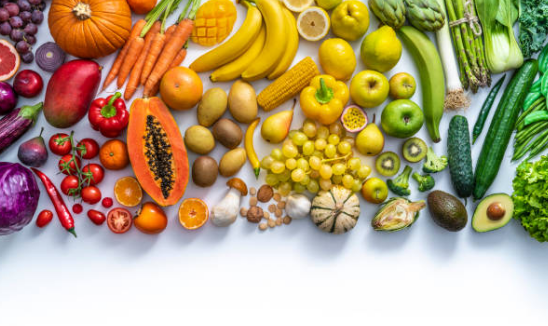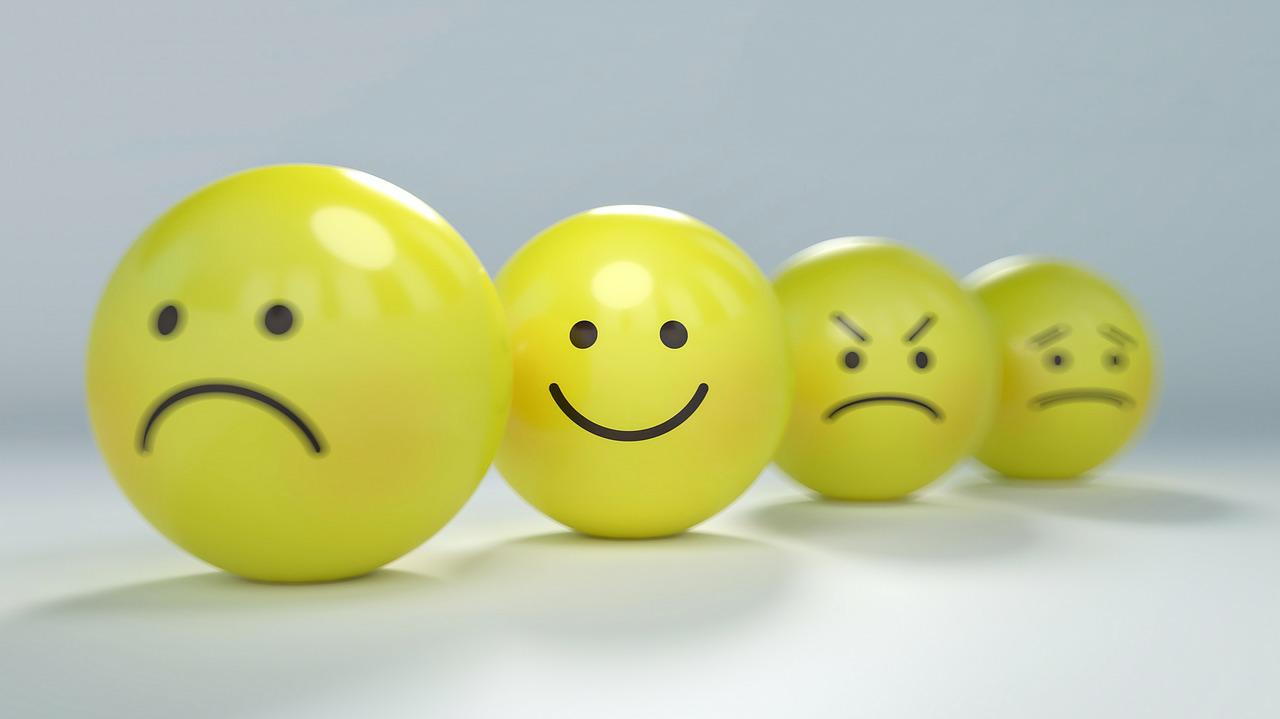Let's learn about ketogenesis
A Beginner’s Guide to Ketogenic Diet and Ketosis
A ketogenic diet is the best diet when it comes to losing weight, improve concentration levels and physical strength. It helps you to burn more fat from your body in the form of energy and thus, it results in weight loss. But besides that, a ketogenic diet is more than its benefits.
In this article, I’m going to tell you the meaning of the ketogenic diet and how it can help you in losing weight. The benefits, side effects, and a ketogenic diet chart for you.
Let’s get started
What is a ketogenic diet?
Keto Diet Healthy Lifestyle
A keto diet, or a ketogenic diet, is a type of low-carbohydrate diet. This diet is also known as the low-carb diet. The keto diet produces ketones in the liver that are used for energy. This turns your body into a fat-burning machine. A ketogenic diet has other health benefits such as it is good for weight loss, boost performance, increase mental focus, etc. ketogenic diet has some common side effects which we’ll discuss later in this article.
A ketogenic diet is somewhere similar to the Atkins diet, low-carb diet, or LCHF (low carb, high fat). When you eat a high-carb diet, your body produces glucose and insulin.
Glucose is a molecule that easily converts into glycogen and is used by our body which works as a fuel to provide energy.
Insulin is produced to process the glucose in the bloodstream by taking it around the body.
Since the glucose (which we get from carb) is used as a primary energy source, your fats are not needed, and therefore, they are stored up in your body. These stored fats in your body somewhere going to make you gain fat and increase your weight.
By lowering the intake of carbohydrates, your body is induced into a new state which is known as ketosis.
What is ketosis?
The word “keto” from the ketogenic diet comes from the fact that it produces small fuel molecules in the body to provide energy. This is called “ketosis”. In simple terms, ketosis is a state where your body consumes energy from fat to work. Fat becomes the primary source of energy.
Ketones are produced if you eat very low carb (that quickly breaks down into blood sugar) and a moderate amount of protein (excess protein can be converted into blood sugar). Ketones are produced in the liver from fat. They then work as fuel in giving energy to your body inducing the brain. Our brain is a hungry organ and thus, consumes a lot of energy.
Our body is very adaptive. What you put in, your body can adapt it in less amount of time. When you put in a lot of fat and lower your carbohydrate intake, your body will start to begin to burn ketones as the primary source of energy.
3 Most important steps to a ketogenic diet
1. Determine your ideal body weight
Firstly, you have to measure your current body weight and then set up an ideal weight for you. That could be any weight of your choice.
2. Establish daily calorie requirement
To maintain the ideal body weight, use the calculator below in the given link along with the ideal body weight. Also know how many calories you should consume daily, to maintain a normal weight and Body Mass Index (BMI)
Measure your body weight and BMI here.
3. Figure out how much protein, carbohydrate, and fat
Calculate how much macronutrients you have to eat for your ideal weight and how many calories you have to consume. Use the guide below on how many proteins, carbohydrates, and fat you have to consume daily to reach your goal.
Macronutrient guide for ketogenic diet
Protein requirement: Your protein intake must be 1 gram to 1.5 grams per kilogram of your body weight.
For example A person weight 70 kg then he should eat
70 kg x 1 gram = 70 grams of protein per day
Carbohydrate requirements: The most important thing to reach ketosis is to avoid eating more carbohydrates. You have to eat only 5% of your total carb intake i.e. 20 grams or fewer carbohydrates per day. Lesser the carb, the more effective.
Fat requirement: Calorie from fat plays an important role in the ketogenic diet. Your body will be going to consume energy from fat when you will be in a ketosis state.
Try to eat 70% of the fat in your diet. I have provided some fat foods below in this article.
Let’s move on and see what you should eat when you are on a ketogenic diet.
#Rules: what to eat and when to eat when you are on a ketogenic diet
Here are some rules to follow for a ketogenic diet. You will get better results if you eat what’s listed below and follow the same rule as given below.
Rule 1: Try to eat only foods according to the serving size
In, the case if you decide to include other foods, check the label for the carbohydrate content and check per serving size. Remember, you have to eat only 5% of the carb when you are on a keto diet.
The food should have 2 grams or less per serving for meat and dairy products and 5 grams or less for vegetables.
Rule 2: When you feel hungry, eat the food of your choice that is listed below:
Meats: poultry, seafood, (fresh or frozen)
The meat of any kind: beef, lamb, chicken, goat, bison. Try to eat grass-fed meat as it has a better fatty acid profile.
Poultry of any kind: chicken, turkey, quail, duck, goose, hen
Pork of any kind: pork loin, pork chops, Boston salt.
Fish or any seafood: calamari, catfish, cod, flounder, halibut, mackerel, Mahi –Mahi, salmon, sardines, snapper, tuna, etc.
Soy products: tofu, tempeh, and edamame are good sources of protein. But they are also high in carbohydrates. So track them carefully before eating.
Whole egg: They are good in healthy fats. But don’t eat too many eggs because of the increased cholesterol level.
Protein foods can be cooked in a microwave oven, grilled, roasted, boiled, stir-fried (but try to avoid flour, breading, or cornmeal coating).
Rule 3: Eat fibrous vegetables or salad every day
Consume only 1 cup a day
Asparagus
Bamboo shoot
Bell pepper
Bok Choy
Brussels sprouts
Cauliflower
Carrot
Celery
Cucumber
Green beans
Mushrooms
Okra
Radishes
Snow peas
Sprouts (beans)
Summer squash
Tomatoes
Turnip
Water chestnut
Zucchini
Rule 4: Consume some fats as given below
You can fats which are given below. You will see that vegetable oils are minimized and saturated animal fats are emphasized. These fats are chemically unstable and highly inflammatory to the body.
Fats to use for cooking
Beef tallow
Butter (low temp. frying)
Chicken fat, organic
Duck fat, organic
Ghee (clarified butter)
Lard, organic (not hydrogenated)
Olive oil
Organic coconut oil
Organic red palm (high in vitamin A)
Avocado oil
Macadamia oil
Avoid vegetable oil (corn, canola, safflower, sunflower, rice bran, etc)
Rule 5: You have to control your drinks
You can drink a good amount of water
Drink black coffee or tea
A modest amount of low-fat milk is OK
Try to avoid adding sugar or sweetener
Beware of latte coffee
Don’t drink carbonated drinks like coca-cola, Pepsi, etc
Now that you know what you have to eat and drink when you are on a keto diet.
Let’s see some benefits that come from a ketogenic diet.
Some benefits of eating a ketogenic diet
The benefits of a keto diet are similar to a low-carb diet. Eating more fat and restricted carbohydrate raises ketones to level more and lowers down insulin (the fat-storing hormone)
A ketogenic diet helps in losing weight
When you are on a keto diet, your body turns into a fat-burning machine. Fat burning is increased while insulin (the fat-storing hormone) level drops down greatly. This is an ideal circumstance in which fat loss occurs, without hunger.
Near about 20 scientist studies of the highest class (RCIs) show that, compared to other diets. Low carb and ketogenic diets result in more effective weight loss.
A ketogenic diet improves mental focus and concentration
Eating a ketogenic diet produces ketosis in the body. Ketosis helps in a steady flow of ketones (fuel) to the brain. On a ketogenic diet, you avoid carbohydrates and sugar, so the big swing in blood sugar slows down. This helps in the experience of increased focus and improves your concentration level.
A ketogenic diet increased physical endurance
People who eat a ketogenic diet can increase their physical endurance. As when you eat a ketogenic diet, your body goes into a ketosis state and gives you constant access to all energy of your fat stores.
When you eat carbohydrate foods, the body converts them into glucose as a fuel for muscle and the brain. It replenishes within 3-4 hours. But when you are on a ketogenic diet, the body and brain can easily be fueled 24×7 by powerful fat stores in your body. These keep you going forever like a turbo engine. Just make sure to drink enough water when you are on a ketogenic diet.
Epilepsy
The ketogenic diet has been shown to reduce epilepsy mainly in children. Epilepsy is the fourth most common neurological disorder and it affects people of all ages. Recently, it has also been tested that adults who eat ketogenic diets have been more chances to cure epilepsy.
How to know that you’re in ketosis
You’re eating a ketogenic diet, but you are confused and you don’t know whether you are in a ketosis state or not. Well, don’t be in doubt here are some of the hacks by which you’ll detect whether you are in ketosis or not.
1. Dry mouth and increased thirst
When you are in ketosis, your mouth starts getting dry and you’ll feel thirstier. To curb your thirst, drink lots of water when you are in a ketosis state. Water also helps in flowing down the unnecessary particles and waste from your body.
2. You will fuel more urination
This is very simple when you drink water, you’ll ultimately feel more urination. When your body goes into a ketosis state, it starts to produce acetoacetate and it ends up when you go to the bathroom. This is also the main cause of your thirst.
3. Reduce hunger
Another sign of ketosis is the reduction in hunger. When your body goes into a ketosis state, your hunger will reduce. This is because your body adapts the ability to fuel itself from the fat source.
Many people eat only two to three times per day. This can end up in the form of intermittent fasting and can result in weight loss. But always remember you have to eat your daily calorie requirement.
4. Increased energy
After feeling tired for a long period of time, many people experience an increase in their energy level. It can be related to your brain, thinking, or even a sense of euphoria.
Now, we have seen that there are some benefits of eating a ketogenic diet, but there are also some common side effects. Let’s see what they are?
Common side effects of ketosis
When you eat a ketogenic diet, you know that you don’t have to eat sugar and starch. Now, when you don’t eat these two, your body starts to adjust. For most people, this side effect can be mild and it lasts for few days.
Another side effect caused due to decrease in the intake of carbohydrates. When you lower down the intake of carbohydrates, your body starts fueling from fat. This adjustment may tend to make you feel lazy. This side effect may last for few weeks.
Removing sugar and starch from your diet results in the loss of several pounds of weight in few days.
Other most common symptoms are:
Headache
Fatigue
Dizziness
Light nausea
Light nausea
Irritability
You don’t have to worry much about these side effects because it usually causes due to change in your eating habit. This effect lasts only for few weeks.
Some common things to remember when you are on a ketogenic diet:
Restrict eating carbohydrates: Eat 20 grams or fewer carbs per day. Try eating a strict low-carb diet.
Don’t eat enough protein: You can eat protein but on a moderate level. Like 1 gram of protein per kg of body weight.
Eat enough fat: You have to eat a lot of fat. A ketogenic diet is sustainable. Don’t do starving.
Avoid sugar and starch: When you are on a ketogenic diet, stop eating sugar and starch. Totally ban those foods which contain sugar and starch.
Add some exercise: Add some physical exercise into your routine to increase the level of ketone in your body. It can also speed up the weight loss process.
Supplements are not necessary: Avoid consuming any weight loss supplements. Now, you would have enough knowledge on the ketogenic diet and the process of ketosis. Just follow the instructions as given in this article and you’ll surely see some difference. If you still have any questions let me know in the comment box below. Lastly, if you find this article useful, then don’t forget to share it by the Facebook, Twitter, and Google+ button.
If you want to know more about fitness, you can click on the website below. We will continue to provide you with the knowledge you need for fitness and body supplements
E-mail:JS.Faye@foxmail.com

Boldenone, Oxymetholone, Drostanolone, Testosterone, Nandrolone, Trenbolone
Designed by HuishangMedia
Copyright © 2008-2022 J·S Biology Co.,LTD All Rights Reserved
Design by Huishang Media
Under CC: ultimatearm, Freepik, Nhor Phai, DinosoftLabs, Vitaly Gorbachev, Kiranshastry, Pixel perfect
If you have any questions or ask for a quote, please submit your information here and we will respond to you immediately.